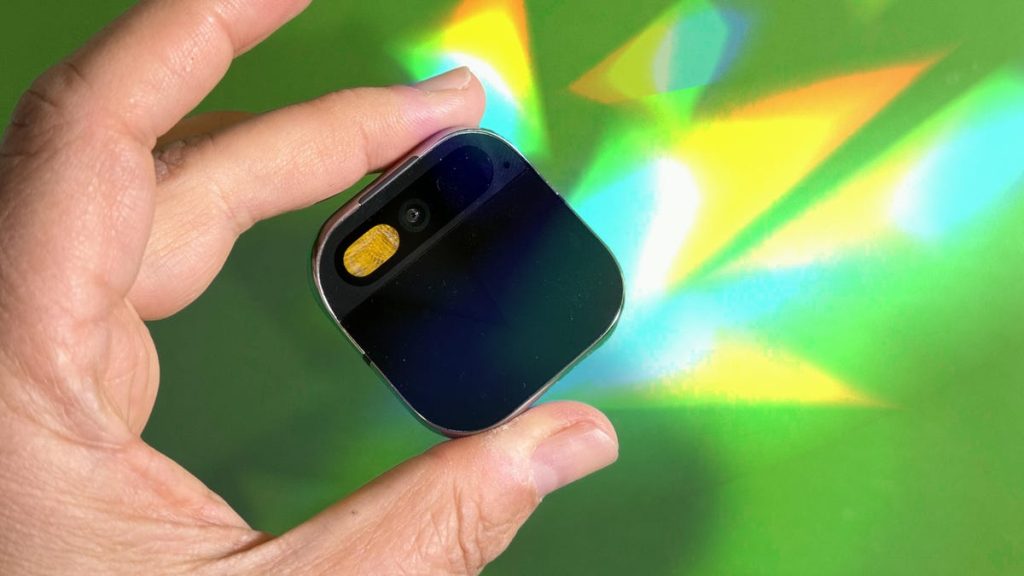The Humane AI Pin is a futuristic wearable device that promises to be a self-sufficient phone replacement, complete with voice control and laser displays. It is designed to be clipped onto clothing and includes an extra battery pack for extended use. The device also offers a unique laser-projected interface that can be controlled with hand gestures, adding to its sci-fi appeal. However, while the concept is intriguing, the execution of the AI Pin falls short in terms of consistency and connectivity, making it frustrating to use in the real world.
The AI Pin is positioned between other AI wearables such as Meta’s Ray-Ban glasses and the Rabbit R1, aiming to revolutionize the functionality of a traditional smartphone. While the idea of wearables beyond watches is enticing, it is important for these devices to provide helpful and affordable extensions rather than expensive attempts at reinvention. The AI Pin’s design resembles a fusion of the Apple Watch and AirPods, with a sleek and metal-edged appearance that is eye-catching. It includes innovative features such as a swappable battery system and various clip types to accommodate different outfits.
One of the standout features of the AI Pin is its laser-projected display that appears on the user’s outstretched hand, controlled by hand gestures. While this feature offers a glimpse into the future of wearable technology, it can be challenging to use effectively, especially in outdoor settings with bright sunlight. The device also includes translation capabilities, a camera for AI sight functions, and voice-controlled AI. However, these functions are not always reliable, with instances of misinterpretation and inconsistency in responses.
The AI Pin’s reliance on AI services and lack of integration with existing platforms like calendars, emails, and music services can be a drawback for users accustomed to the seamless connectivity of smartphones. The web dashboard for managing AI requests and media may feel like starting from scratch for some users, highlighting the need for improved integration with popular services. Additionally, the device’s limited functionality in certain tasks like sending emails or setting reminders can be frustrating for users seeking a more comprehensive wearable solution.
Despite its innovative features and unique design, the AI Pin faces challenges like overheating during prolonged use of the laser display and potential usability issues in everyday scenarios. Users may find the device less practical and reliable compared to existing wearable technology such as smartwatches or smart glasses. While the AI Pin has potential to evolve and improve with updates, its current limitations and shortcomings may hinder widespread adoption and usage. As the field of AI wearables continues to develop, devices like the AI Pin will need to prioritize functionality, reliability, and seamless integration to meet the needs of tech-savvy consumers.


